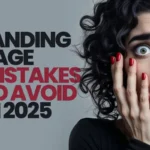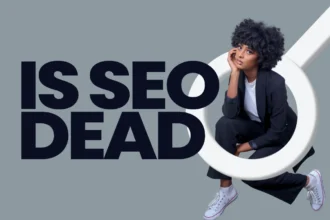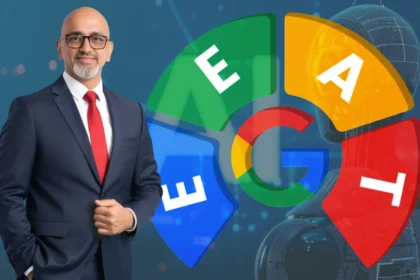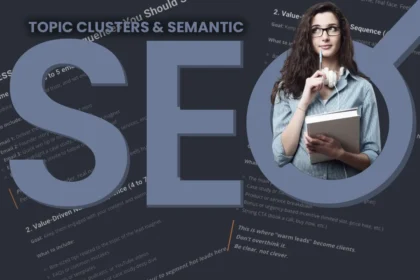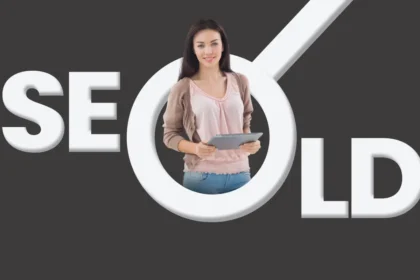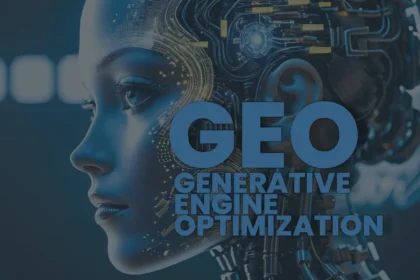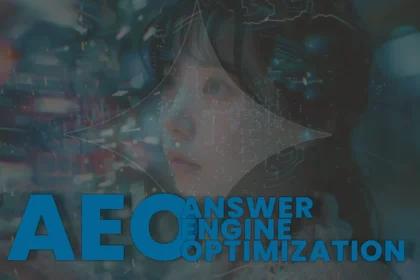Driving traffic to landing pages is both an art and a science. You’ve built a powerful landing page with compelling copy, a strong CTA, and a clear offer, but without targeted traffic, it’s like a billboard in the desert.
The real challenge lies not in the design of the landing page, but in how effectively you can attract the right audience. From organic SEO to performance-driven social ads, each channel plays a role. Understanding when to pay and when to rank is the key to sustainable growth.
In this blog, we’ll break down essential tactics for driving traffic to landing pages, including paid vs. organic strategies, SEO best practices, UTM tracking, and retargeting.
Organic vs. Paid Traffic: Know the Difference
Both organic and paid traffic are vital, but they serve different goals.
Organic Traffic
- Source: Search engines (Google, Bing), organic social media, backlinks
- Time to scale: Medium to long-term
- Cost: Lower financial cost, higher time investment
- Benefits: Sustainable, high trust, better ROI over time
Paid Traffic
- Source: Google Ads, Facebook Ads, LinkedIn Ads, X (Twitter), YouTube
- Time to scale: Immediate
- Cost: Pay-per-click or impression-based
- Benefits: Rapid testing, controlled targeting, predictable traffic
“Think of paid traffic as a ‘FAUCET’ you can turn-on or turn-off, and organic traffic as a ‘WELL’ you build over time.”
In practice, most high-performing landing pages use a combination of both. Paid ads help you test and scale quickly, while SEO gives you stability and authority.
SEO Strategies for Landing Pages
Yes, landing pages can and should be optimized for SEO. Here’s how:
1. Keyword-Rich, User-Friendly URL
- Use short, relevant URLs:
yourdomain.com/landing/facebook-ads-consultation
2. Optimized Headlines and Meta Tags
- Ensure your meta title and description include your focus keyword
- Use H1 tags with strong messaging that match search intent
3. Relevant On-Page Content
- Add supporting content (FAQs, testimonials, benefit highlights)
- Avoid generic headlines, make it specific, and benefit-driven
4. Image Optimization
- Use compressed images
- Add alt text with relevant keywords
5. Mobile Responsiveness & Speed
- Landing pages should load in under 3 seconds
- Use Google PageSpeed Insights for audit
“53% of mobile visitors leave if a page takes more than 3 seconds to load”
– Source: Google
6. Internal Linking
- Link to related blogs, services, or product pages from the landing page to boost SEO authority
Boosting Visibility with Paid Ads
When you’re ready to scale, paid ads offer unparalleled reach. Here are some winning tactics for driving traffic to landing pages through paid channels:
Google Search Ads
- Target high-intent keywords like “Hire a Marketing Agency” or “Best CRM Tools 2025”
- Use ad extensions to include callouts, location, and sitelinks
Facebook/Instagram Ads
- Use scroll-stopping visuals and carousel formats
- Segment your audience by behavior, interests, or lookalikes
LinkedIn Ads
- Great for B2B landing pages
- Target job titles, company size, and industry
YouTube Pre-Roll Ads
- Short video ads that lead directly to your landing page
- Pair with high-volume, niche YouTube channels
Tip:
Always A/B test your ad creative and landing page headline in parallel to maximize ROI.
UTM Tracking: Know Where Your Traffic Comes From
Understanding traffic sources is crucial. That’s where UTM parameters come in.
What is UTM Tracking?
UTM codes are tags added to URLs that help you track source, medium, campaign, and more. For example:
rubyCopyEdithttps://yourdomain.com/landing-page/?utm_source=facebook&utm_medium=cpc&utm_campaign=leadgen2025
Key Parameters:
utm_source=(e.g., facebook, linkedin, google)utm_medium=(e.g., cpc, email, social)utm_campaign=(e.g., july-launch, ebook-download)
By linking your CRM or analytics tools with UTM tracking, you can:
- Track ROI by channel
- Identify the highest-converting sources
- Adjust budgets accordingly
“Without UTM tracking, you’re flying blind. With it, you’re marketing with precision.”
Retargeting Ads: Bring Back the Visitors
Most visitors don’t convert on their first visit. That’s why retargeting ads are essential to your funnel.
How Retargeting Works:
- A user visits your landing page but doesn’t take action
- A pixel (like Facebook Pixel or Google Tag) places a cookie
- You serve targeted ads to them on other platforms
Retargeting Channels:
- Facebook/ Instagram: Show reminders, testimonials, or urgency-based offers
- Google Display Network: Use banners and visuals across thousands of sites
- LinkedIn: Retarget based on company visits or job title
Retargeted users are 70% more likely to convert than first-time visitors.
– Source: Criteo
Retargeting keeps your brand top-of-mind and gently nudges users toward action.
Related Blogs: Landing Page Series
- What Is a Landing Page? And Why It’s Essential for Your Marketing Funnel
- Anatomy of High Converting Landing Page
- Designing for Conversion – UX/UI Best Practices for Landing Pages
- Words That Convert, Crafting Powerful Copy for Landing Pages
- From Visitors to Leads: Lead Magnets for Creating Irresistible Offers for Your Landing Pages
- Lead Capture Forms: What to Ask, What to Avoid for Better Conversions
- A/B Testing Your Landing Pages: What, Why, and How to Optimize
- What Happens After the Click? Integrating landing pages with CRM
- Driving Traffic to Landing Pages: SEO, Ads, and Social Media Tactics
- Landing Page Mistakes to Avoid in 2025 (+ Future Trends in Lead Gen)
Real-Life Scenario: Coaching Funnel with Mixed Traffic
Imagine you run a landing page offering a free personal branding workshop.
- Organic Traffic:
- Blog post: “10 Personal Branding Tips for LinkedIn”
- CTA leads to your landing page
- Paid Traffic:
- LinkedIn ad targeting marketing professionals
- Google ad for “free personal branding course”
- Tracking & Retargeting:
- UTM tags used on every campaign
- Facebook retargeting ad shows success stories to non-converters
- Result:
- 40% of total sign-ups came from retargeting
- Google CPC campaign had highest conversion rate
- LinkedIn had the highest lead quality
Final Thoughts: Traffic Without Strategy Is Just Noise
Creating a great landing page is step one. Driving traffic to landing pages through a blend of SEO, paid ads, UTM tracking, and retargeting is where real results happen.
By measuring every click and constantly optimizing your campaigns, you can build predictable growth funnels that convert casual browsers into committed buyers.
Ready to Drive High-Converting Traffic?
At DzynBuzz, we build landing page strategies that don’t just attract visitors, they generate leads and drive sales.



